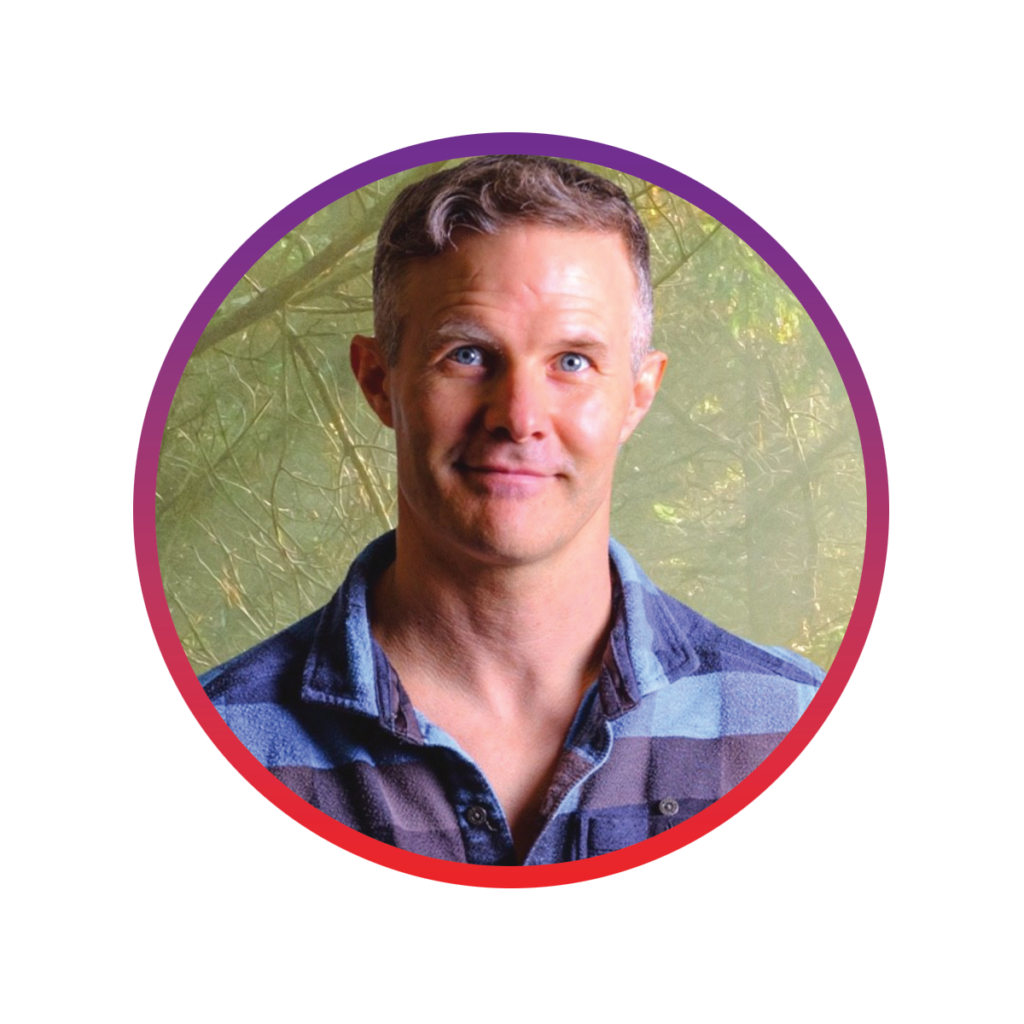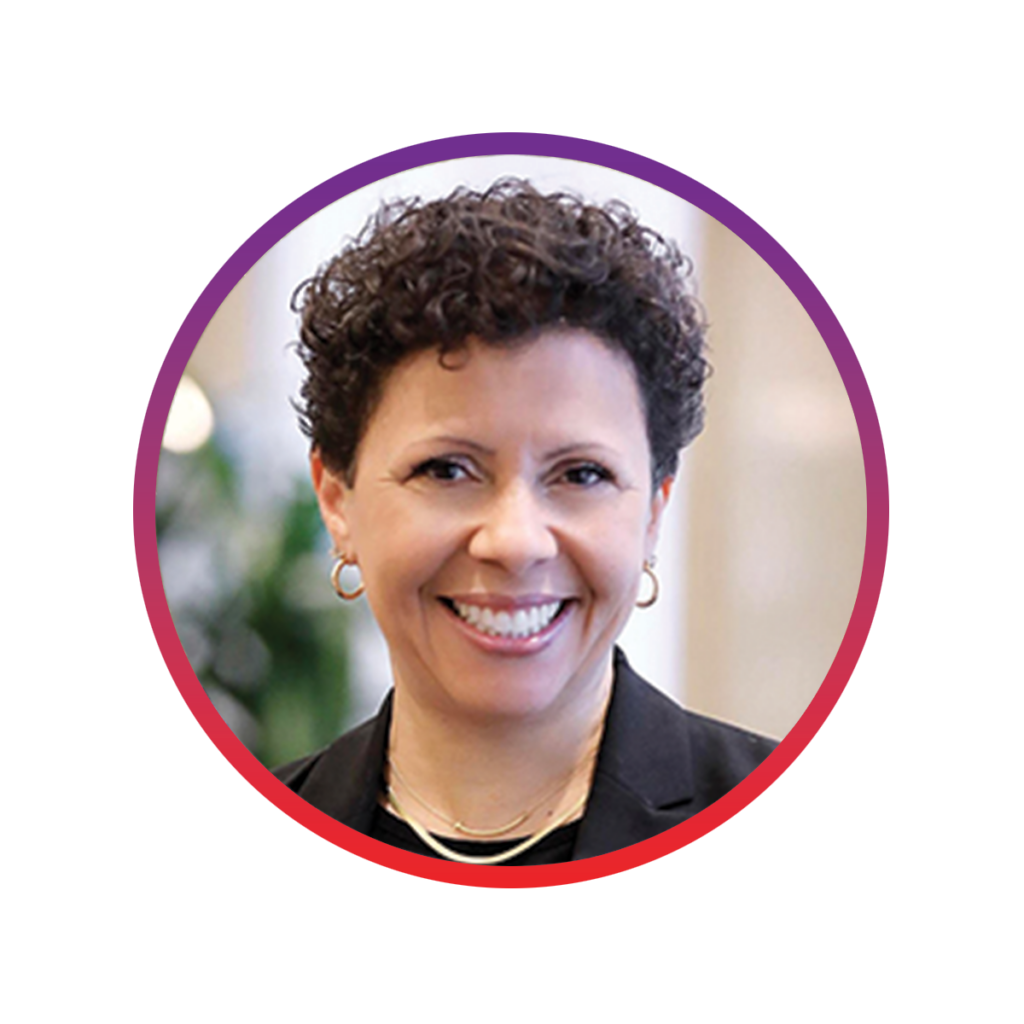In episode 72 of Teaching Channel Talks, we were joined by Chris Giesking, fitness professional and educator, to talk about how you can win the day, every day by following the Health Compass Method. In this powerful conversation, Chris debunks trends in the fitness industry while putting the focus back on balancing the 4 pillars of health: Nutrition, Exercise, Sleep, and Wellness.
If you weren’t able to listen in, now you can read through Wendy and Chris’ conversation to learn about how Nutrition, Exercise, Sleep, and Wellness are the NEWS educators need.
Wendy: In an early conversation with you, you taught me about the health compass. Can we start by having you share about that?
Chris: Yes, this health compass idea is really taking just a compass that everybody knows of — North, South, East, West — and matches them to the four pillars of health. So North is nutrition, East is exercise, West is Wellness, and South is sleep. This is a simplified approach that I’ve created for my students and clients to easily see the four most important things to focus on for achieving a healthy body. I encourage them to rely on their own intuition and prioritize these four aspects. By concentrating on one of these elements, we establish a foundational step in the journey toward really taking control and empowering yourself to be your own advocate towards health.
Wendy: I love the compass. It’s straightforward, it’s clear, and everybody appreciates a concept that’s well organized. How do people get started with you? How do you explore the compass with someone who wants to improve their wellness?
Chris: I have been working as a personal trainer for nearly 20 years, which is a bit daunting to admit. Prior to that, I served in the military for 11 years, including a deployment to Iraq as an Army Ranger. My passion for navigation and compasses stems from these experiences. Currently, I am also a professor at Saint Paul College in the Twin Cities area of Minnesota.
While I teach at the college level, I have narrowed my focus with clients to what I call the “aging athlete” demographic. These individuals no longer participate in organized sports or are in college, but they strive to maintain their fitness levels and engage in hobbies, play with their kids, and lead active lives. If you fall into this category, feel free to reach out to me through direct messaging or visit the Health Compass Academy, where I have developed a comprehensive program centered around the compass concept. Learning the compass is a prerequisite to working with me, and once you’re on board, I’ll provide guidance and support throughout your journey.
Wendy: Do you feel like there is a most essential part of the health compass?
Chris: This is where I love the personalized approach we take here, now let’s say I’m addressing you during a first session. During this session, I will ask you a vital question: What aspect of your nutrition, exercise, wellness, and sleep do you think needs the most improvement? But before we dive into that, let’s begin by assessing your current situation.
It’s important to meet you where you are, a phrase often heard in our industry, but it holds genuine significance. We need to gain a clear understanding of your circumstances. For instance, you may possess extensive knowledge about nutrition, which is excellent. However, where do you think you have the lowest score among these four areas? Frequently, it turns out to be sleep. Alternatively, you might not be entirely familiar with the concept of wellness, which encompasses your mindset, attitude, relationship with yourself, self-confidence, resilience, and mental fortitude, among other factors.
In some cases, I simply present options and ask you to rate your nutrition, exercise, wellness, and sleep on a scale of 1 to 5. Once we identify the area with the lowest score, we focus our attention on improving it. This initial step is crucial as we aim to raise it to a level of A, B, or even C before considering any major changes. It’s essential to avoid overwhelming ourselves with too much too soon, as it can create a problem.
Wendy: I hear your educator instincts in the way you’re describing this diagnostic step, which I love. You’re putting a lot of care into helping people become more self-aware. There’s a diagnostic piece, but you’re also looking at the results in a broader context.
Chris: Fitness is really in the eye of the beholder so to speak, fitness is what you think it is. For instance, what constitutes fitness for a grandmother is completely different from what it means to a 16-year-old wanting to try out for soccer, hockey, or rugby. These are two entirely different metrics. When I assist someone, I strive to understand their personal perception of their best potential. Over time, as I work with individuals, I notice that their goals naturally elevate. However, the goal isn’t always about constantly raising the bar, I just want them to achieve their best potential.
I call is “Win the Day.” If you can win today, you can win tomorrow, and then you can win the week. And if you’ve won the week, then you can win the month, and if you’re winning the month then you’re winning your life. I want people to recognize and appreciate their accomplishments. They are already accomplishing remarkable things. Let’s build on that and pursue their potential. So, the answer to “what is best” will really depend on the person.
Wendy: Win the day or WTD is on all your materials, what does that mean to you? Can you give me some specific examples?
Chris: The concept of “Win the Day” initially caught my attention when I heard it as the slogan of the University of Oregon. Since then, I’ve heard the same phrase from podcasters and authors discussing the idea of being fully present and focusing on winning in the present moment. It’s about striving to do your absolute best in the here and now, without dwelling on the past because yesterday is already over.
I personally adopted this “Win the Day” (WTD) approach to help myself overcome PTSD after my time in Iraq. I never wanted to identify as someone who had PTSD because I had such great family and friends supporting me, but I was still struggling quite a bit. While I was already familiar with exercise, nutrition, and sleep practices, it was my mindset that needed the most work. So, I began by asking myself, “What is the one thing I need to accomplish today to consider it a successful day?” I would write down that one task and make sure to complete it. Sometimes, I achieved it by 10:00 AM, and other times, I found myself working until late at night. But by consistently applying this daily approach and allowing enough time to pass, I gradually realized that I was making progress and gaining confidence. This newfound positivity was exactly what I needed in my life.
Wendy: How has your experience as an Army Ranger played into the evolution of your mindset?
Chris: Ever since I was a little kid, I wanted to be a soldier. As I learned more about the army, I discovered two distinct paths: becoming an Army Ranger or joining the Special Forces, and I firmly set my sights on becoming a Ranger. The core principle instilled in Ranger training is the unwavering commitment to never quit. That was the whole purpose behind the training and the Ranger mindset is that no matter what, you don’t quit. If you say you’re going to do something, you do.
I’ve taken that mindset to the civilian world and I believe if you set your mind on something, and say you’re going to do something, then you do it. This “win the day” mentality eventually leads to success. It’s important to acknowledge that everyone faces setbacks and experiences losses. However, I like to look at them as learning opportunities. It doesn’t have to be an L, it can be a moment to reflect on what went wrong.
Wendy: L can be for learning instead of losing.
Chris: Exactly, instead it’s “What can I learn today?” and “How can I get better and get the W tomorrow?”
Wendy: Chris, you’ve conducted over 10,000 sessions. What are some of the misconceptions that you’ve seen?
Chris: That you have to workout to lose weight, or that you have to workout like a Crossfit athlete to have the body you want. that’s a big misconception. If you look back 50, 100, even 10,000 years ago there wasn’t a large population of people who were overweight. We’ve been sold this idea that we have to workout like a beast in the gym, or be a “gym rat,” as I like to sat, and that’s just not the case. Watch what you eat, move every day, and try to stand instead of getting so much sitting time. I think we’re just not moving as much as we were and we’re eating a lot of foods that aren’t as nutritious as they could be. We’re settling for faker, processed foods. The fitness industry wants to tell you it’s all about your macros and you have to count calories but we’re not computers and nobody is going to a restaurant and figuring out their protein before having a meal.
In my program, I teach more of an estimation approach, called the hand method. So, the palm of your hand should be the size of your protein portion, and men typically need two palms a meal, women typically need one. Then, moving onto carbohydrates, you want about a cup, so about a handful or two depending on your size. Now, when I say carbohydrate, I’m not talking about processed foods, I’m talking about real stuff—grains, fruits, vegetables. Next, you want a fist size amount of vegetables and a thumb size amount of fate. I always say eat the rainbow, that way you get your greens.
Whether you’re trying a ketogenic diet or a low-carb diet it doesn’t really matter, but you want to be able to look at your plate and see that you have your protein, your carbs, your fats, and you have a vegetable on there.
Wendy: You emphasize consistency knowing that you bring decades of experience to your work. Have you seen changes over the years? Are there trends that come and go? What have you noticed?
Chris: What have I noticed? Well, nutrition is always going to be about marketing, but I think if you have the core fundamentals of eating real food and focusing on a whole food diet you’re not going to go wrong. You are what you eat and there’s no diet that fits all. If you focus on eating real, unprocessed food, then it doesn’t matter what the market trends are because you’re bulletproof in your principles around nutrition.
Now exercise, this is a science. If we were to go back and study exercise science it’s a fairly new topic. If we look at history, we are meant to move, and that’s true of every race, culture, from the beginning of time we were meant to move. We could get into the hunters and gatherers and that type of thing but we have to look at what works best for you. You have to go where movement speaks to you and I truly believe we have to make exercise fun for people. If you do that rather than the “Oh, I have to go to the gym,” you’ll have a reason for wanting to move. The caveat to this is people will argue that it’s all about discipline, and I agree with that, but there also has to be the motivation of “I want to do this,” or “I get to do this,” versus “I have to do this.”
That’s not to say that you’re not going to have to push when you don’t want to push, because you’re going to have to get uncomfortable. I think training uncomfortableness is just as much of a physical thing as it is a mental one. As humans we love to take things to the absolute extremes. When we say we’re going on a diet, we cut out sugar, we cut out carbs, and what ends up happening is the body responds with panic and then we binge it all back. I think we need to take a more sensible approach with some accountability. Start just outside of that comfort zone and stay there long enough until it becomes easy and then you’re ready to go to the next step, instead of going all in and doing too much all at once.
Wendy: We may be able to protect ourselves from doing too much in one area if we can pay attention to the recommendations you make for the four areas of the compass.
Chris: Oh yeah, that’s a great point. And that’s why I’m always an advocate for hiring a coach so they can at least guide you through it.
Wendy: We all need you in our corner! You’ve got the education background and the experience and help keep the guardrails up for us. Chris, do you have a personal mission statement?
Chris: I came up with a way of having everybody design their own mission statement. You take your name, so we’ll use my name in this example, Chris, and think of five words to match each letter. C is Contribution, H is Honor, R is Readiness, I is Integrity, and S is Strength. Now it’s a core value mission statement, and this is an easy way for anyone to write their own mission statement.
Now, I can come up with a statement around those words. I want to gracefully age, contribute as much as I can, honor things with integrity, and be ready and strong. That’s my mission statement.
Wendy: What I hear is that by having that kind of focus, when your priorities are straight, the decisions can make themselves. You don’t have to figure yourself out every day. You’re clear about who you are and what’s important to you.
Chris: That’s exactly it, great point. I hope that if people can just see it and identify with it, then they can get behind themselves a little bit more and have their own mission statement that they can stand for. To be able to say, “This is what I believe in and let’s go live my life with passion.”
Wendy: I feel like part of what you do is to improve the quality of life of others, and that’s something that you and I talked about as one of your outcomes, you help others to improve the quality of their lives. That’s a selfless gift that certainly resonates with educators!
Chris: Well, that’s good, I think teachers are special people. They have a calling and they invest so much time and effort into their profession that they don’t necessarily get paid for. It’s got to be a special person that wants to do that, so hats off to the teachers, and the instructors, and the people that are devoted to service like that. I’ve been given so much by other great teachers and mentors that now I want to be like them, I want to teach people and I’m definitely trying.
This conversation has been edited for length and clarity, but you can listen to the full episode of Teaching Channel Talks and find accompanying learning resources here.
Our Guest

Chris Giesking is a highly sought-after Fitness Professional and Educator. He is an Athlete, an Iraq War Veteran, a Tabbed Army Ranger, a National Academy of Sports Medicine Master Level Trainer, a Precision Nutrition Certified Coach, and holds a Master’s Degree in Human Movement with 20 years of 1:1, group coaching, and teaching experience. He is also a Co-Founder of Mi5 Fitness / CrossFit Lakeville, MN. With over 10 thousand client sessions, he has built a reputation with the resilience of being an Army Ranger, the dedication and experience of being life long athlete, and a proven teaching methodology of a college professor.
Our Host

Dr. Wendy Amato earned her Master’s in Education and Ph.D. in Curriculum and Instruction from the University of Virginia. She holds an MBA from James Madison University. Wendy began teaching in 1991, has served as a Middle School Administrator, and still teaches at UVA’s School of Education. She has delivered teacher professional development workshops and student leadership workshops in the US and internationally. Wendy and her family live near Charlottesville, Virginia.







